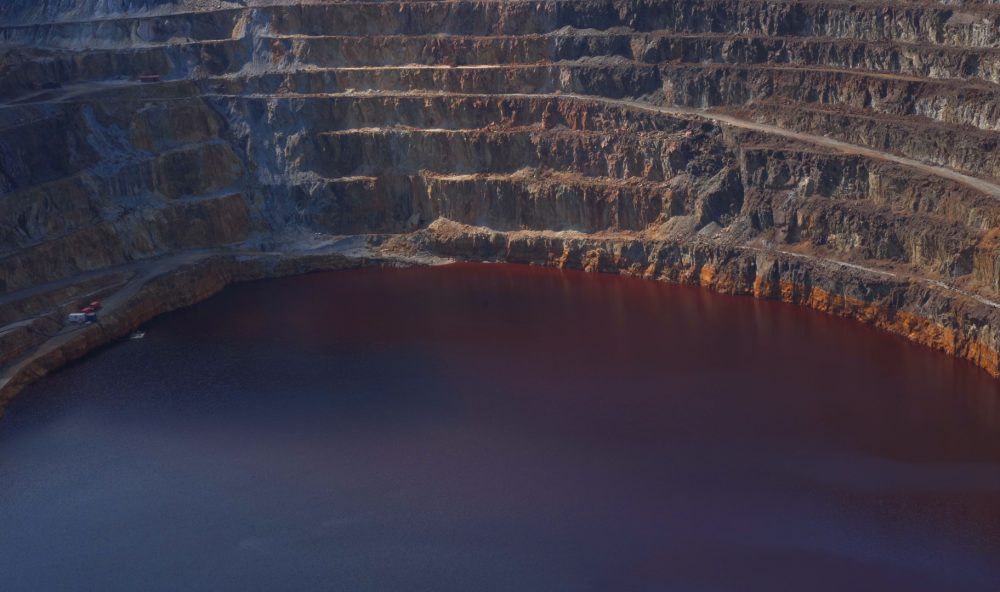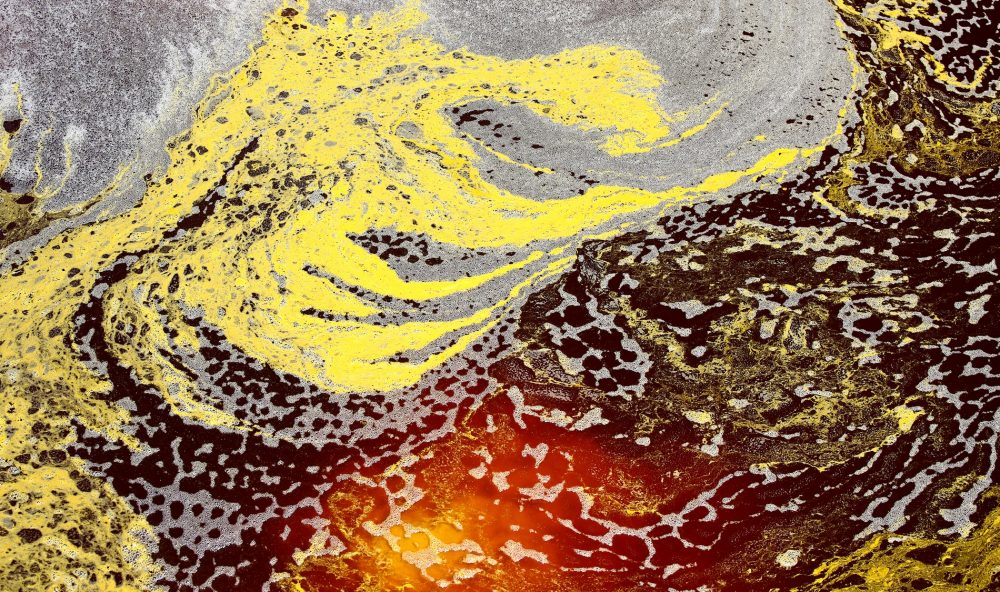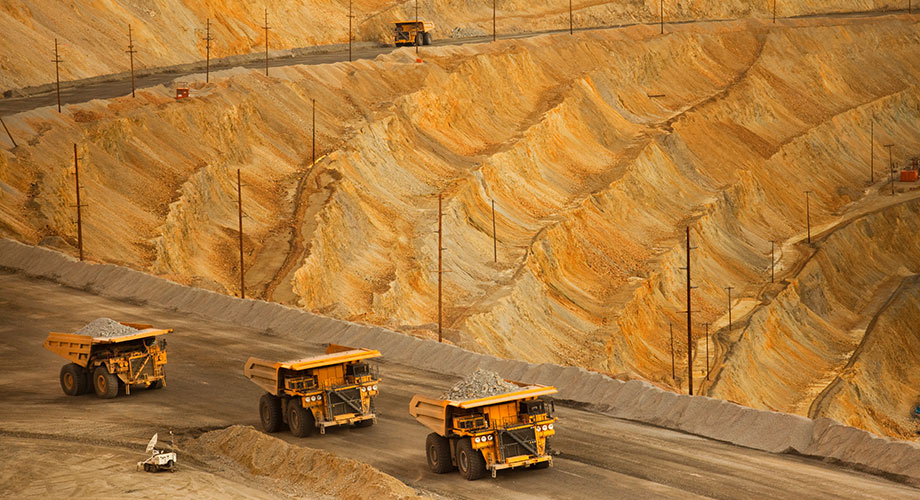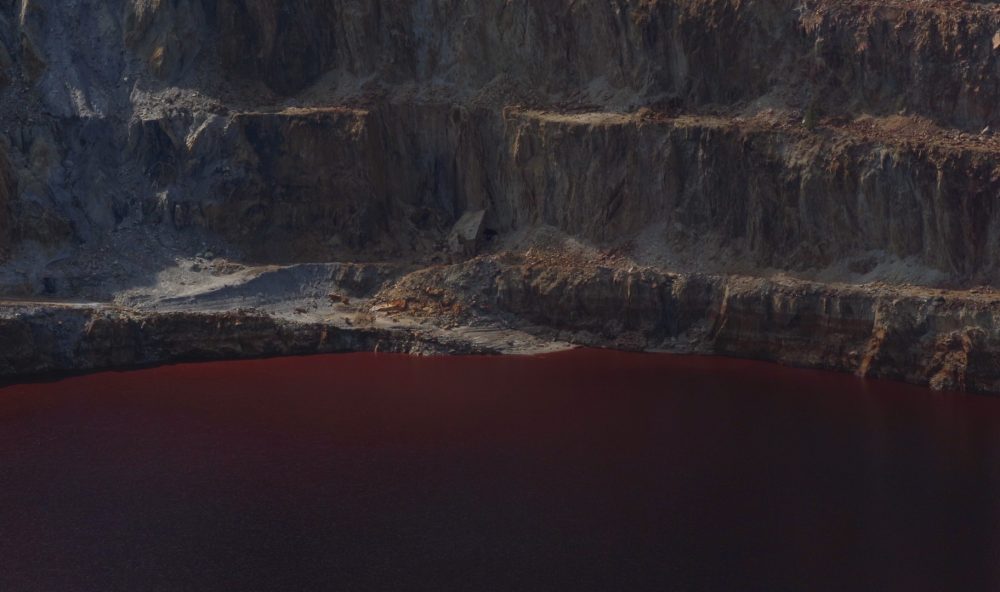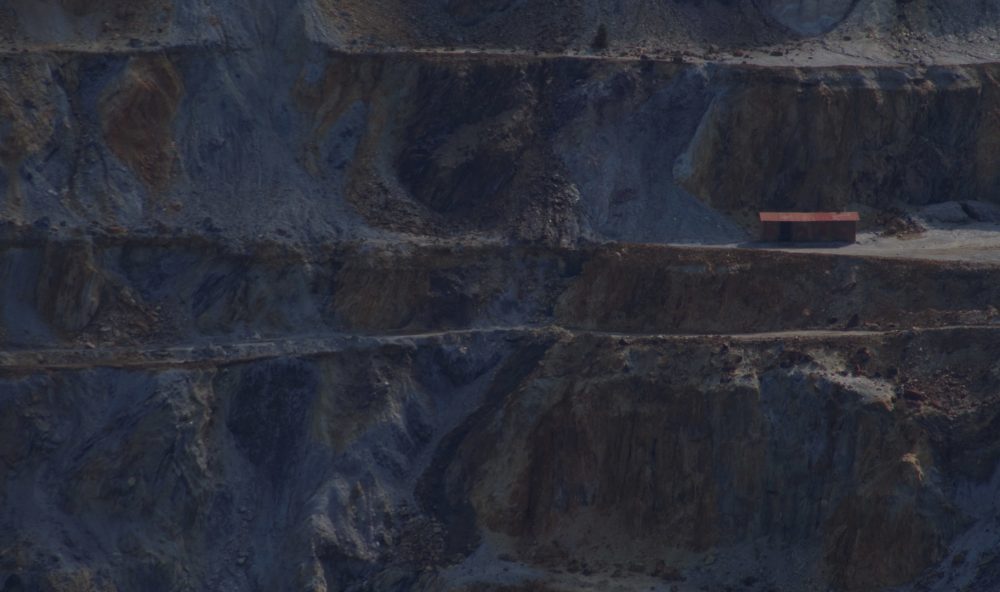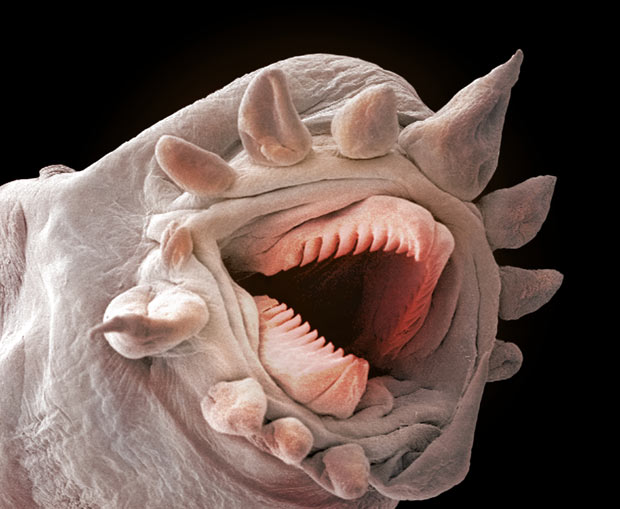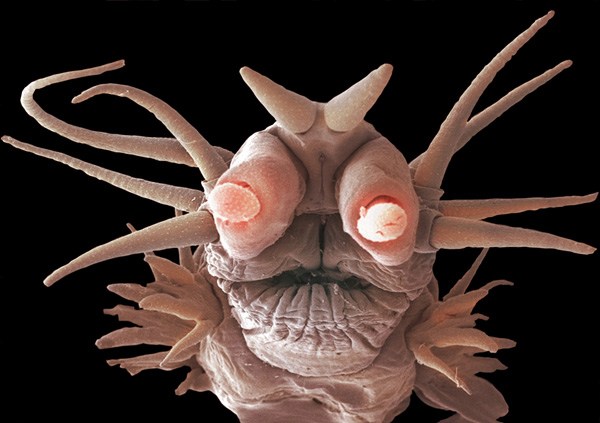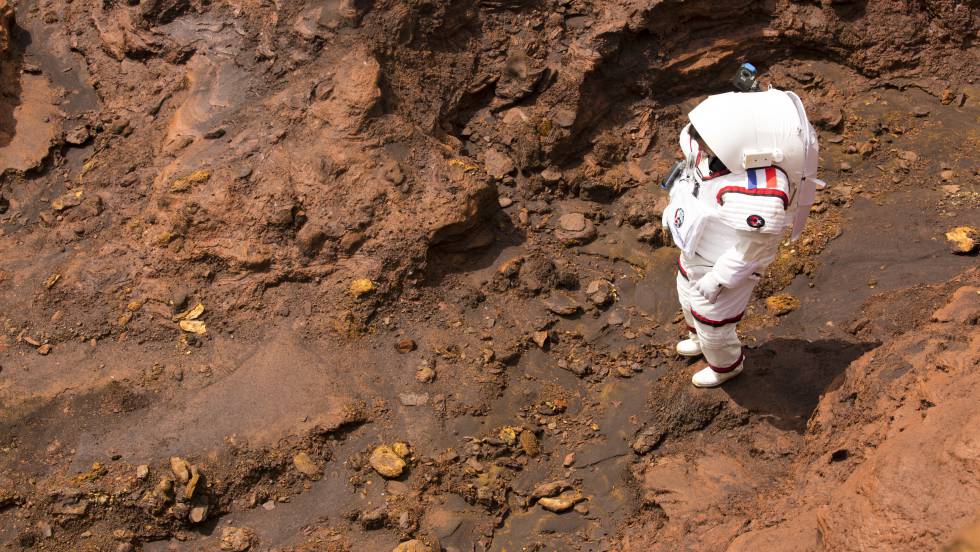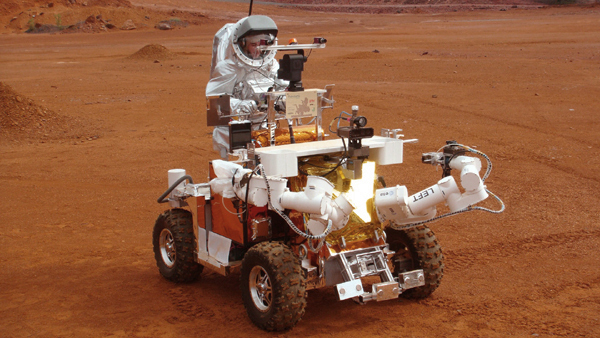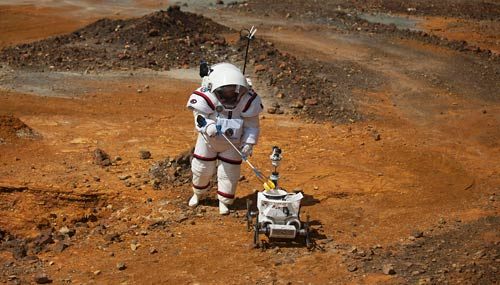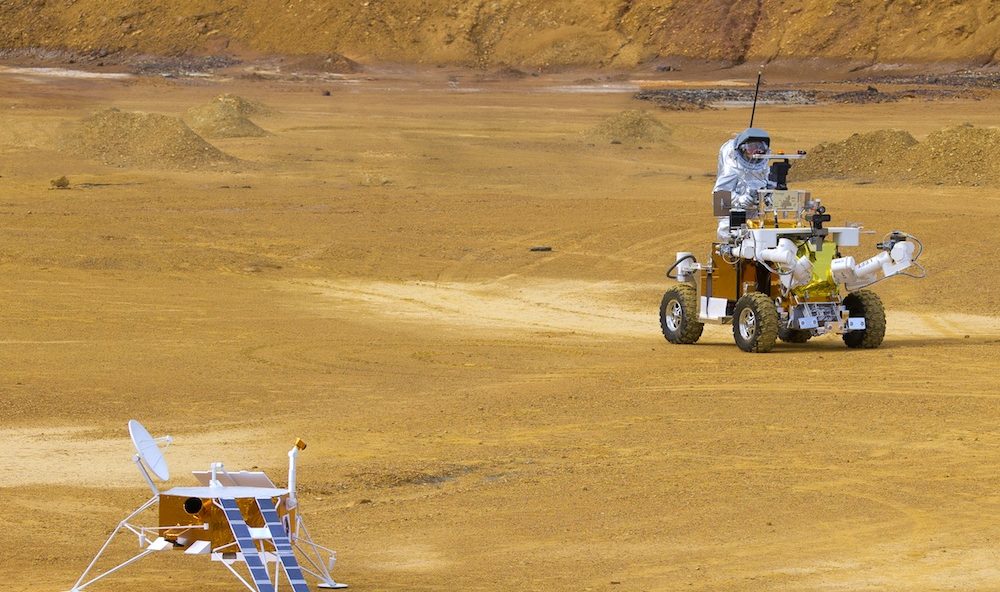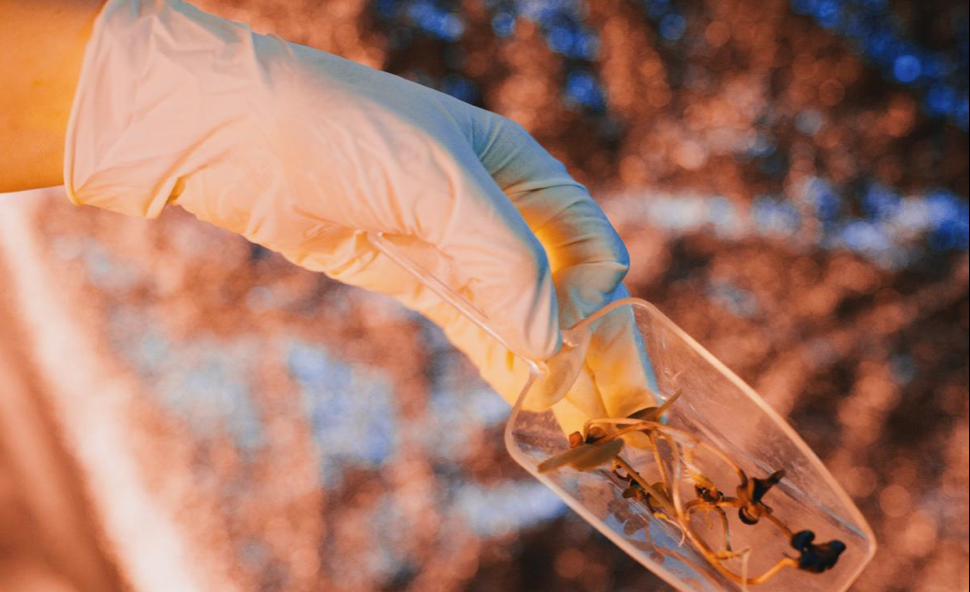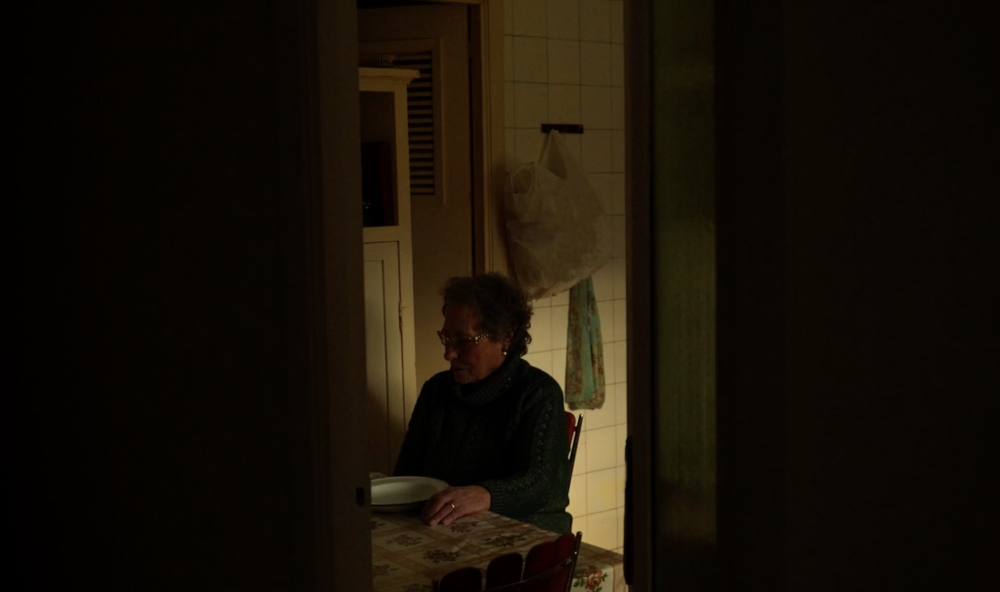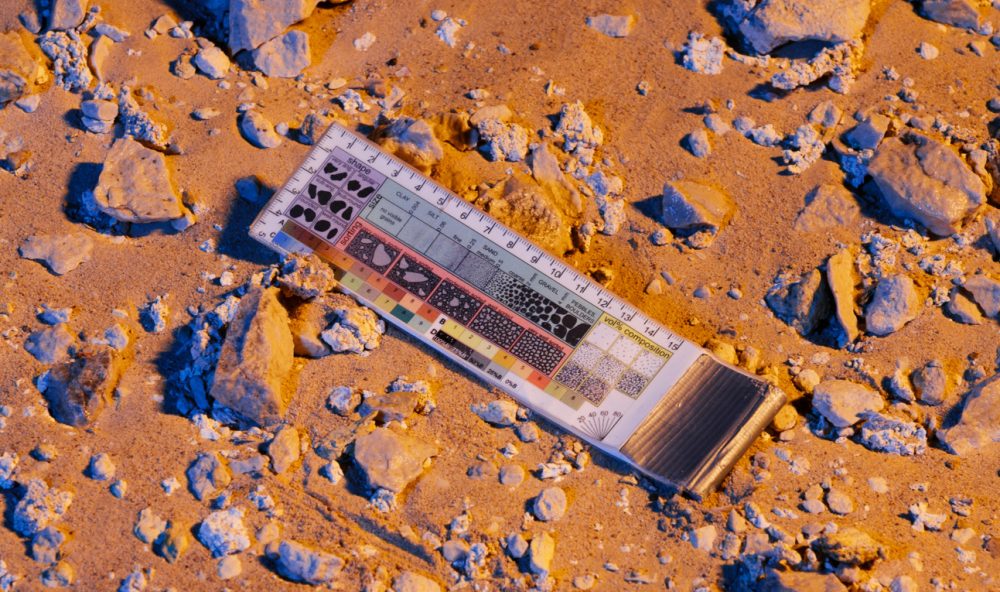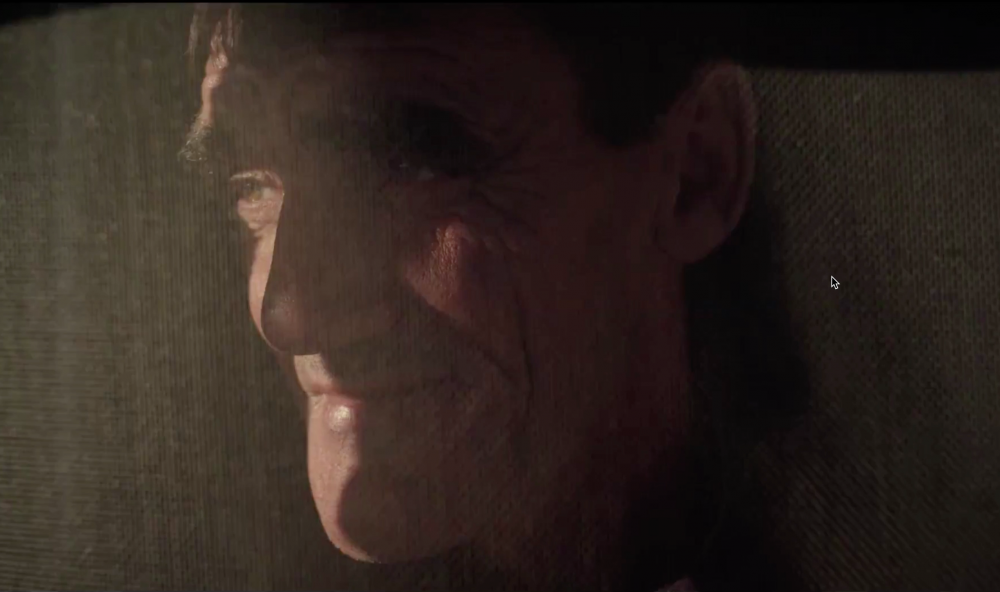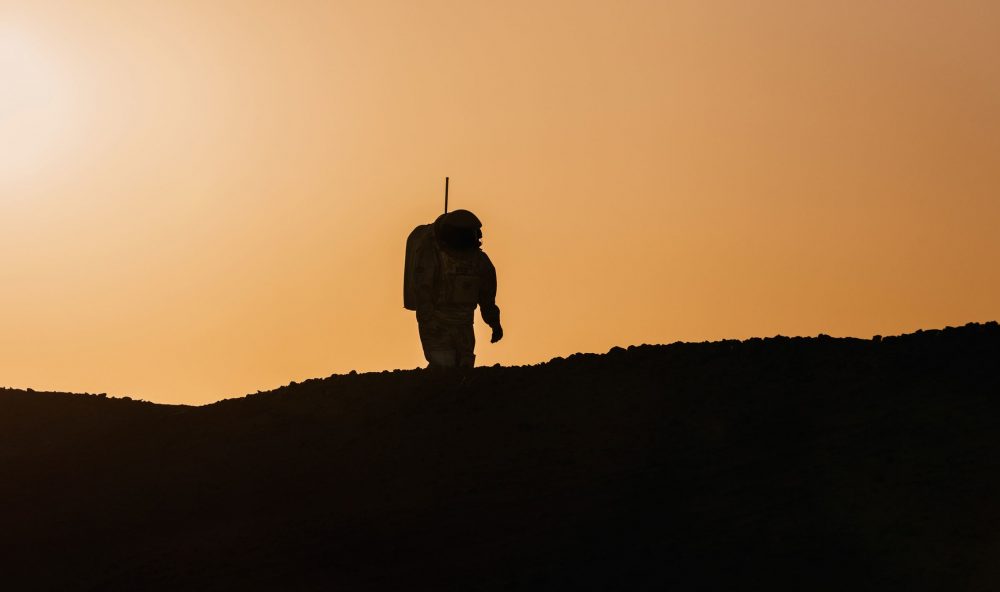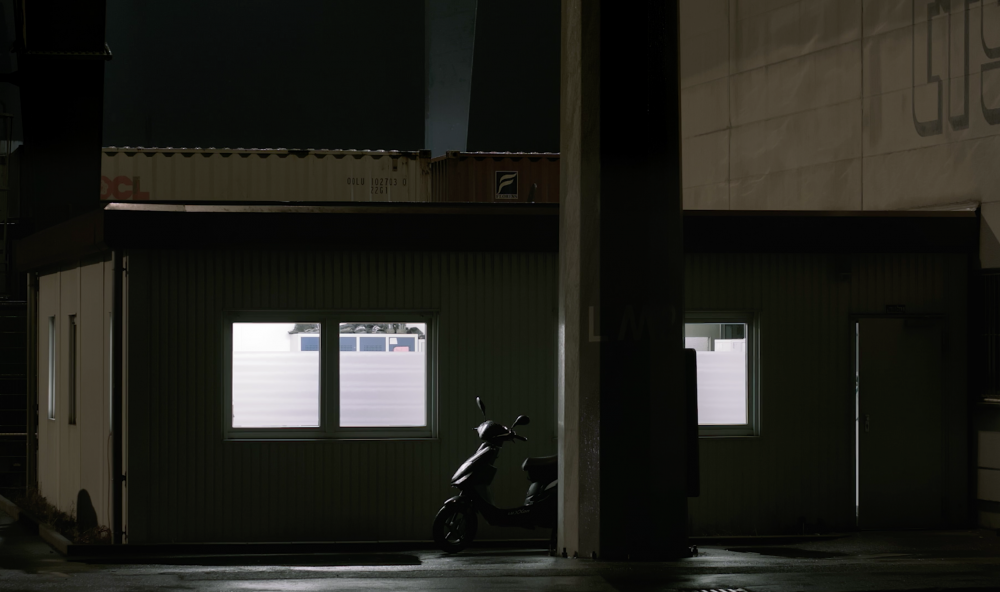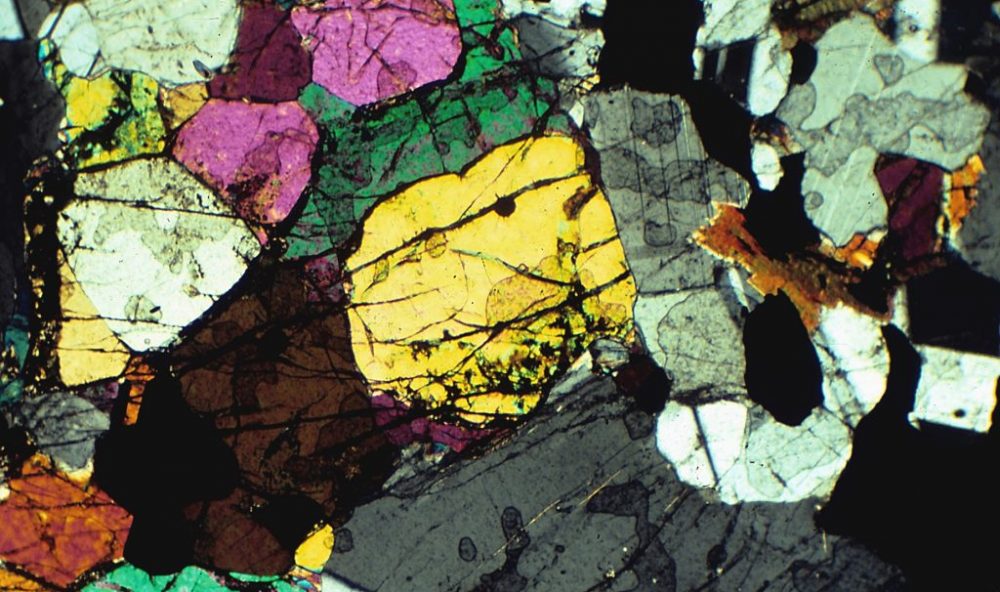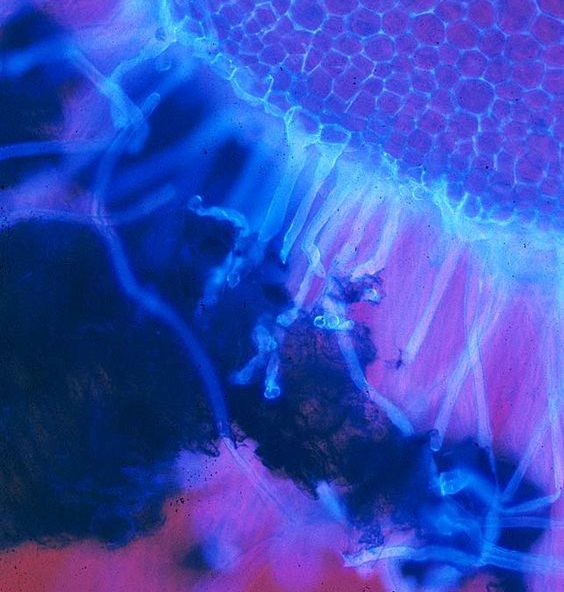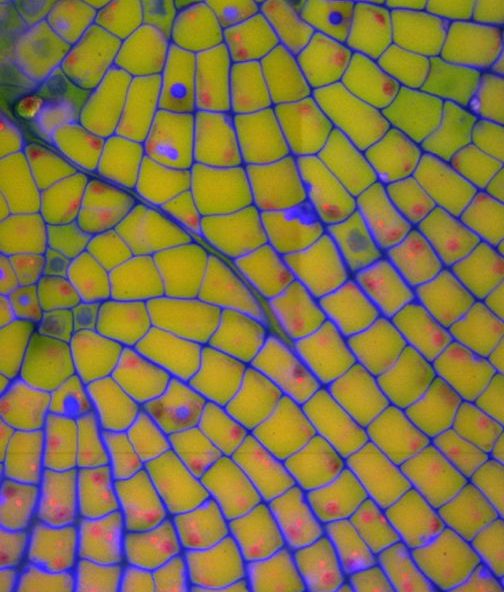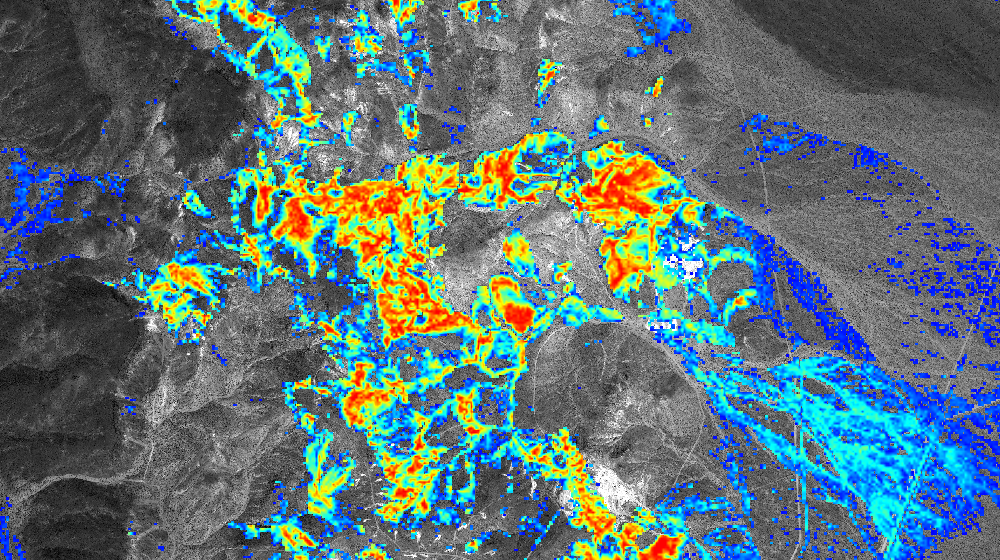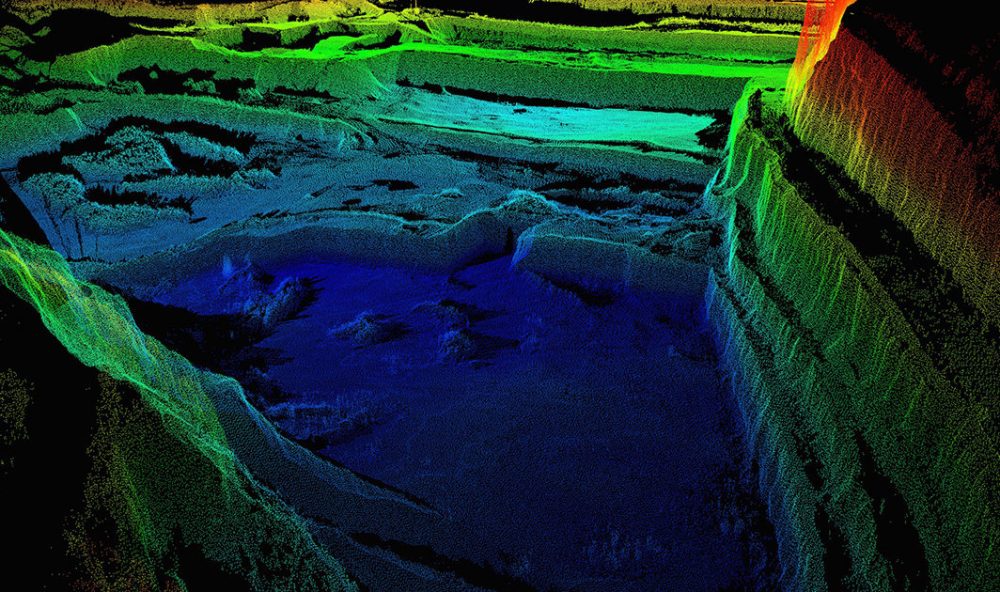HERE BE DRAGONS (Terra Incognita)
SYNOPSIS
In a planet at the correct distance from the sun to harbour life, as we know it, there is a landscape whose strata reveal the complex symbiosis between the exploration and the exploitation of man. An ecosystem where biology and geology intertwine to give origin to the oldest mine on Earth (3000 A.C.) still in operation.
Named after the red river which flows through this region, Rio Tinto is a landscape within a landscape, due to all the mining activity in the area, the topography has been vastly modified. The history of Rio Tinto´s mines could almost synthesise the technological evolution of man. These mines were the birthplace of the bronze and copper´s age, a neurological centre of the Industrial Revolution, and today they are, once again, in operation to supply the growing demand of copper and rare elements of the technological revolution. Since their discovery, the growth of the mine has consumed not only mountains and valleys but even entire villages. The rich strata of this landscape reveal a long and complex history but also suggest relevant questions about our future.
In mineral and chemical terms, this landscape is considered Mars on Earth. Today, Rio Tinto has become a site for AI remote robots are being prepared to explore other planets, astronauts simulate expeditions to Mars and astrobiologists study the Dark Biosphere: an intra-terrestrial life whose biological processes are radically different to those currently known to any life form. This biosphere raises fundamental questions about what the limits of life are, the origin of life on Earth and how life might evolve in other planets, thus becoming a key element for space colonisation.
However, the history of exploration and exploitation of Río Tinto goes beyond its underground. Because this topography is the origin of Colombus’ first expedition to the Americas in 1492, the first ecological protest in history took place here on 1880, and the area is birthplace of the miners Fandango, an old branch of flamenco. The sad “quejío” (slang word for scream) was first sung by the Río Tinto miners during the Industrial Revolution.
Here be Dragons is a film that fluctuates between the limits of reality and imagination, between the deep space and the deep life, between scientific exploration and capitalist exploitation, between the abstraction of the universe and the reality of daily life. A sensorial journey in which science (and fiction) are interwoven into a history and folklore as deep, alive and rich as its very soil.
Rio Tinto´s Mine at night. Shot trial during the research and location scouting

Curiosity´s lastest drill hole on Mars. January 2020
STATEMENT (FILMMAKERS CURIOSITY)
«Melancholy is the indigestible trace of all the previous generations who realise that to escape the web of fate is the web of fate»
Timothy Morton
We are a species with a metaphysical longing, ceaselessly trying to find some meaning in life, invariably driving us into the arms of exploration or religion. Today’s faith in progress has become the most widely accepted civil religion of the modern industrial world. We are constantly dreaming about expanding ourselves and our knowledge. But the further we go, the more we are confronted with the dark side of our innate drive for exploration: exploitation.
In Río Tinto, men have hollowed out entire mountains, making holes the height of the Empire State building while forming toxic mountain ranges of waste material from the industrial and technological revolution. Today, these anthropic mountains that have devoured and buried entire villages, have become the perfect context to simulate expeditions to Mars, speculate about colonising a Planet B in case of environmental collapse, and explore life in other planets.
Through out the making of my last film The Sasha I became interested in how fast our relationship with Space is changing through the scientific and technological breakthroughs we are experiencing and how this new relationship updates the Colonial Myth. Today the Terra Incognita is mapped before we can experience it. Space is revealed in digital images that show us exotic places where men bring their most ambivalent fantasies, setting the limits between reality and imagination, between the known and the unknown. During that time I couldn’t stop thinking about Río Tinto, a place that filled me with intrigue since the first time I saw it from the car window as a child. Río Tinto is very close to my home city Sevilla. After spending some summers of my childhood in a little town very close to Río Tinto, I have always followed with interest this odd landscape, its history, the mines, the arrival of NASA.
As a filmmaker, I am obsessed by the possibilities that film language has to offer. I am interested in how to stimulate a spectator’s train of thought and imagination. I believe the most interesting things happen not inside a shot but within the spectator’s own attentive mind and senses. I’m fascinated by how the scientific and historic perspective of Río Tinto creates a subterranean network of echoes and connections, transforming this landscape into a privileged prism to question and challenge every notion we have about life, borders and our relation with the non-human world.
In Here Be Dragons my methodology moves between the possibles modes of interaction between scientific research and the cinematic device. Science with its empirical methods help us to understand times and scales different than human, but what about cinema? Can the art of time help us to feel the temporal and spatial entanglements of which we are a part?
Here be Dragons is a film that addresses themes of contemporary relevance. However, it has no intention of becoming any kind of sociological or ecological pamphlet. My aim is a different one: To capture the primitive images of a landscape where the temporal and spatial scale of man are continuously interrogated. I strive to create a film that will inspire audiences in a metaphysical level by questioning human limits and the life below and above us.
Test shots during location scouting and research
NARRATIVE
Here be dragons is a sensorial film with a science fiction mood. The film will focus on the present and scientific perspective of Rio Tinto but its historical background will reverberate through the traces in the landscape, sometimes even suggesting a possible future.
The film has the dynamic of an observational documentary, but one in which we are often surprised by the projections and fantasies that men project into this landscape, somewhere between Andalucía and Mars. A landscape that levitates slightly above reality.
Here be Dragons is a film filled with tension between opposites: Some people dig while others burry; science cohabits with religious rituals and flamenco; an inanimate robot look for signs of life; and people look down with microscopes, while others look up through satellites.
The main protagonist of the film is Río Tinto´s ecosystem and the secret buried deep below its soil, the Dark Biosphere that will reveal in the film how at the beginning of the XXI century Earth still remains alien to us, a Terra Incognita. Here Be Dragons is a film that highlights the symbiosis and networks in Río Tinto´s ecosystem. The physical links of the landscape will be at the centre of the frame helping to create some relationship between the elements in the film: industrial tubes, copper wires, biofilms within the strata, tunnels, the path of a river and hands (as the first link between man and technology).
The film is an impressionist portrait, through different visual sediments and universes, that help to draw the network of symbiosis in Rio Tinto. A group of astrobiologists research life beyond Earth and simulate expeditions to Mars; two old men contemplate how the mineral waste from the mine buries the village of their childhood; a group of archaeologists uncover one of the first historical miners settlements; and a remote robot explores the terrain trying to understand what it is that thing that humans call life. All these universes interwoven through their natural geographical axis, the Río Tinto river, whose path seems to highlight, with a red line, the inherent symbiosis between the exploration and exploitation of man.
In the film the dialectical montage prevails over any narrative strategy. The film will be mostly written in the edition process. To help this way of working I will plan to shoot in different times and work in the edition during the in-between times. I prefer to work this way in order to allow the shooting and the editing to be in dialogue and inform each other on what is needed and how to proceed.
1. THE ASTROBIOLOGISTS
The red soil that dominates Río Tinto is caused by the oxidation of the copper rocks throughout millions of years. The unearthed minerals have created a unique ecosystem. Its water is dense due to the metals, barely has any oxygen, and harbors a rich biodiversity of extremophiles, microscopic organisms who live in extreme environments that until recently were considered unable to sustain life. These life forms can be traced back millions of years, and are thought to be one of the earliest forms of life on the planet. Astrobiologists are studying these organisms in Río Tinto´s Dark Biosphere, as their habitat may be analogous to conditions on other planets, especially Mars.
The emergence of life on Earth is still a mystery, we know very little about how it happened. The panspermia hypothesis suggests that life on Earth could originate from extremophiles that fell on Earth on a meteorite, asteroids or comets. Extremophiles are being researched by scientists for terraforming Mars. Terraforming is the process of deliberately inoculating a planet with extremophiles in an attempt to create a similar environment of Earth to make it habitable.
Extremophiles.
TERRAFORMING MARS. Artist’s model (NASA/Lunar and Planetary Institute)

In the film, we will follow a group of astrobiologists working in the area, analysing and testing the red water of Río Tinto river, operating a Mars simulator machine in a lab or exploring the minerals and fauna of the area through scientific visualisation techniques. We will also follow astrobiologists space expeditions simulations in what appear to be a large scale model of Mars in Río Tinto. The scenery is one of man-made mountains, developed with the mineral waste of the Industrial Revolution. Anthropic mountains that have buried entire villages until becoming the perfect context to simulate expeditions to Mars. A place that can actually be considered a living example of a process of Terraformation, but in reverse. A piece of Earth that has become Mars through man’s direct intervention.
The research of these scientists will be portrayed in a science fiction mood, inspired by the theory of Panspermia and its fascinating subtext -the aliens are already here, and we are them-. The presence of the scientists in Río Tinto will be shrouded in mystery. Who are these people and what they are doing here? Is this reality or fiction?
Testing Robotic Life-Detection, rover and space suits at Rio Tinto.
2.THE VILLAGERS AND THE ARCHAEOLOGISTS.
In the XIX century Rio Tinto mines became the world’s largest copper producing mines, fuelling the Industrial Revolution. A British owned operation in which Rio Tinto become another island of the British empire subjected to a ferocious colonial industrialisation. In 1888, the first ecological protest in history took place here. The sulphur gases from burning minerals in open air – a procedure that had already been prohibited in England two decades before – suffocated people, poisoned cattle and ruined harvests. The miners and farmers of Rio Tinto took to the streets to ask for its prohibition. The protest ended with more than one hundred deaths, creating an environmental and social conflict, where the “smoke” was just the surface of something deeper: Industrial capitalism.
Today there is no physical traces of the original historical village. Ironically, the town is totally buried by the mountains of the mineral waste in Rio Tinto´s big open-air mine.
In the film, we will follow Fernando and Jesús, two of the last villagers alive from the historical town of Río Tinto. Fernando, after having retired early from his work in the mine, started to gather photographs, maps and documents to build a large scale model of the old Río Tinto village. He wants to be able to show to his family and new generations his childhood town, which today is just buried like a cadaver.
We will follow Fernando and Jesús trying to reconstruct their village, with their hands and their imagination. They will visit the big open air mine, exactly where the mineral waste cover’s the old Río Tinto town. The only testimony that life existed here before are some tree-top emerging through the mineral waste.
Their conversations will be heard in waves, fragmented, buried by the unbearable sound of the trucks unloading the mineral waste in the mine. Slowly anecdotes will emerge that timidly reveal the history of the old Río Tinto village. Fernando and Jesus miss not just the town but also specific hills from their childhood, where they used to play, stroll, or, like Jesús, hide to cry about the death of his father.
Ironically, just in front, one kilometer away, in the same open air mine, the mining corporation is directing an archaeological excavation to dig up one of the first miner’s villages in history, settled here by the Tartessians.
The film will, simultaneously and with ambiguity, follow how Jesús and Fernando try to re-create the old Río Tinto town and how the archaeologists dig up the ancient village. Which village are Fernando and Jesús talking about? Is it the village that the archaeologist are digging up?
And in the background, the relentless mining activity of the mine, an alien-like atmosphere where man appears to be a mere extension of machines, part of an endless and repetitive cycle of loading and unloading, to ceaselessly fuelling the technological revolution.
Anthropic mountains in Rio Tinto´s Mars expedition simulation site. Test shot during location scouting.

4.RIO TINTO RIVER
We will follow Rio Tinto river´s in a voyage that becomes a physical and mental experience. A sensorial trip, as if we were carried by its stream, observing its surroundings and the underwater life through the river´s gaze. Daily scenes and myths from Río Tinto will be reflected on its red water. We never see the people directly, but we hear them.
The voyage will begin in its birth, very close to the extraction site of the mine, and end in the river’s mouth, a lagoon where the Tartessos civilisation believed lied the entrance to the underworld. Today, the copper from Río Tinto is loaded from this very lagoon and transported around the world. Here, stands a large statue of Columbus, a “Monument to the Faith of Exploration”. It was from this same lagoon of the underworld that the first trip of the Age of Exploration departed.
5. THE AUTONOMOUS EXPLORER
Through the built-in camera of an autonomous robot explorer, we will scrutinise Río Tinto´s landscape and its fauna, just as Curiosity does in Mars. The eye of the artificial explorer will dissect and scavenges Rio Tinto´s landscape, trying to understand what it is seeing. In an animistic spirit, anything from an excavator to a rock, can be alive, humans are just one more ingredient.
Reference for villagers, mine and river at night
FORM
CINEMATOGRAPHY
Here be Dragons traverses the imposing landscapes of Rio Tinto from an almost alien perspective. This defining viewpoint will project reality towards a future where the exploitation of man goes beyond the Earth.
Distance will be explored deeply, looking to its expressive possibilities and dialectical interaction. Through extreme wide-angle shots (like a man observing bacterias in a drop of water through a microscope) or through close up (like through the gaze of a microorganism).
Night shots and artificial lights will be used to accentuate a science fiction aesthetic in the astrobiologists exploration. This mise-en-scène is inspired in the conditions under which these astrobiologist operate during the summer in Rio Tinto. Due to the unbearable heat and the strong smell of sulphur of the river, they work at night, guided by head-lights. Conceptually this perspective is also intriguing: On the one hand, the astrobiologists with these head-lights look like miners. With this aesthetic and conceptual choice, I want to create an ambiguity between the work of the scientist and the work of the miner: Where is the limit between exploration and exploitation?
This science fiction aesthetic will contrast with the natural light and poetic chiaroscuro, that will portray the storyline of the last villagers from Río Tinto. This contrast will emphasise the opposition between the scientific method and the beliefs and myths of the local folklore.
To follow Río Tinto river´s path we will explore subaquatic images and the reflection and shadows of the daily life on the red river´s water.
Reference for villagers and scientist (Artificial light versus Natural and chiaroscuro light)
Scientific vision and abstract cinema
In Here be Dragons I want to explore the possibilities that cinema has to explore the world with the attentiveness of a scientist, registering my surroundings beyond the visible surface. I would like to do this metaphorically but also literally by appropriating a spectrum of scientific visualization, used by scientists in Río Tinto, as cinematic tools.
As a filmmaker with a background in animation, I have always been very interested in abstract cinema and its visceral power to transmit a feeling and experience. I´m interested in the capacity that non-figurative images have to speak throughout the senses and become a bridge between the rational and the irrational, between the known and the unknown. By framing reality in extreme and unfamiliar distances I would like to explore the expressive possibilities of cinematic abstraction in the film. Interweaving figurative and non-figurative images into a narrative story and from a documentary approach, I hope to create an aesthetic immersive experience where the connections and ideas in the film are revealed through the deep contemplation of images and speak to us through out the senses.
Micro and macro visualisation. Last two images: Rio Tinto seen through Lidar Technology and the copper zones highlighted in the soil.
SOUND
During the Industrial Revolution in Río Tinto miners found ways to survive the harsh conditions inside the mine by singing and dancing together in the streets. During those nights of escape, the first lyrics of the miners fandango emerged. In this deep song, the miners found the most effective way to express their fear of darkness, the solitude in the mine, and death.
Flamenco, as a historical voice of the oppressed, will be used as a channel to express Río Tinto´s history of exploitation. This flamenco element will be a minimal expression of fandango, a long and abstract “quejío” (a long cry) without any instrument, a kind of otherworldly sound.
The “quejío” is defined by the flamenco experts as the expression of the deepest melancholy and pain of the existence. In the film, I would like to explore this vertical cry that seems to come from the very essence of our being (perhaps the point of origin that astrobiologists investigate). A voice that seems to connect the human with the non-human, a mantra that will transport us to a hypnotic state. But where does this scream come from? The cantaor (singer) will become a medium.
This «Quejío» will convey the essential emotion of the film and will mark the deep sound design of the film and its contrast with the everyday sonority in other parts. This quejío will come out from a sequence in the film and will act as a disruptive element in its narrative connecting different temporal scales.
Río Tinto´s landscape is vast and noisy, surrounded by mountains, making the sound travel in strange ways. I would like to draw the audience into this bizarre sound landscape by recreating this strange movement of the sound. In these acoustic movements the film will breathe between nature and industry with different sounds sometimes asphyxiating themselves.
I’m thinking of working with contact microphones capturing and amplifying the imperceptible vibrations of the huge industrial structures across the landscape (like a sound microscope). Sound levels, resonances of the air through the open cracks in the hills, the Río Tinto river, the machines in the laboratory and in the mine.
CURRENT STATUS
The film is in the development phase. Thanks to a grant from Amsterdam Funds for the Kunst (AFK) I have been able to dedicate this year to the research of the film. This grant is given to an artist each year in different artistic disciplines (3PD grant). This year the Film Commission (IDFA, Eye Film Institute and Netherland Film Academy) have decided to support this film. The Netherlands Film Fund has supported the development phase of the film. During Autum-Winter 20/21 we will shoot a film mood and several formal experiments.
The film is produced by Near/by Films https://nearbyfilm.com/, a dutch film company specialised in art house and experimental projects. We seek to co-produce with a Spanish film company. The Film has been selected to the RAW Film Residency a program supported by IBERMEDIA that joints the film labs from Doc Lisboa (ARCHÉ) and Márgenes Festival (WORK).
Nine months ago I got in contact with the Madrid Astrobiology Center (CAB), specifically with the group led by Ricardo Amils, which is developing the M.A.R.T.E project with NASA in Río Tinto. Ricardo Amils is very interest in the project and it has become a key figure, introducing me to researchers who could help me in different lines of my research and putting me in contact with important actors in Río Tinto such as Atalaya Mining – the mining company that exploits the area. -.
Thanks to him we have obtained permits to shoot inside the mine. During my trips to Rio tinto I have contacted the Fundación Río Tinto, the historical archive and the city council. They are all very interested in collaborating and have offered us access to shoot in places that are normally restricted to the public.
Mundus Subterraneus Atanasius Kircher
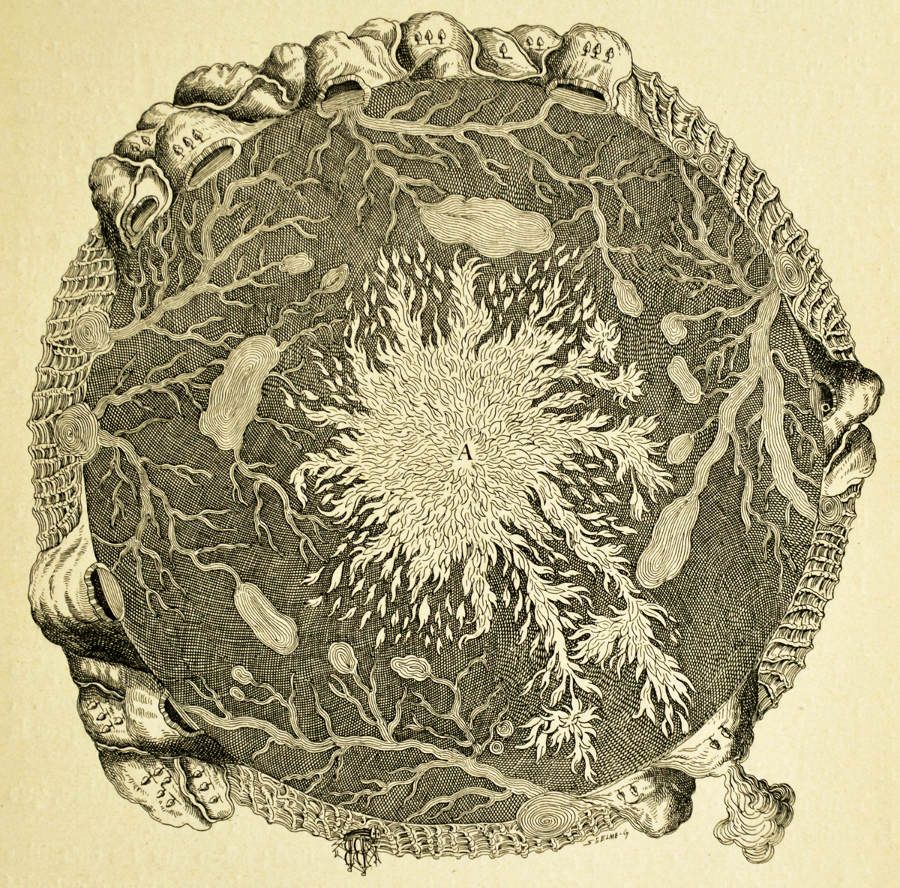
Cursiosity´s microscopic camera searching for signs of life.

DRAGON Capsule (Space X). First private spacecraft and prototype for future expedition to Mars.

